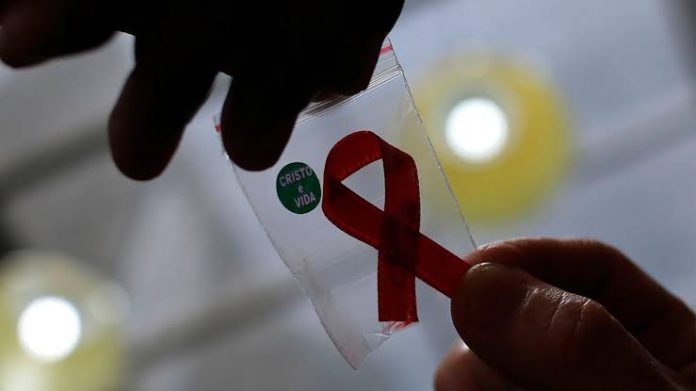Dr Matshidiso Moeti, WHO Regional Director for Africa has revealed that with 25.6 million people living with HIV, African Region continues to be most affected.
Nevertheless, progress has been made over the past decade, reducing new infections by 44% and reducing AIDS-related deaths by 55%.
She started this during the commemoration of World AIDS Day 2022 which is celebrated globally every 1 December.
This year, the theme is “Equalize” urging each of us to address the inequalities driving the epidemic and holding back progress in ending AIDS.
Moeti stated:
“This progress was made because WHO and partners advocated and supported the expansion of new HIV prevention and treatment technologies; provided guidance on combination HIV prevention, testing and treatment; built capacity in countries to improve data availability and quality; increased access to affordable medicines, diagnostics and health technologies; and support national HIV treatment catch-up plans in the west and central Africa.
“Even so, the progress is slow, and inequalities persist in HIV prevention, testing and treatment services. Data from WHO on the global HIV response reveals that since the start of COVID-19 and other global crises, progress against the HIV pandemic has wavered, resources have decreased, and millions of lives are at risk.
“Four decades into the HIV response, inequalities persist for the most basic services like testing and treatment.
“For example, HIV prevention programmes reach only 40% of adolescent girls and young women. Only one in three key populations, who are particularly vulnerable to HIV, have regular access to HIV prevention services and they still face significant structural barriers, including criminalisation, discrimination and stigma. They include sex workers, men who have sex with men, people who inject drugs, people in prisons and detention and transgender people.
“With only eight years left to the 2030 goal of ending AIDS as a global health threat, coordinated action is required to stop the effects of the epidemic, with a precise focus to reach those most affected—especially children, adolescent girls, women and key populations.
“At the United Nations General Assembly high-level meeting on AIDS in 2021, world leaders adopted the Political Declaration on HIV and AIDS: Ending Inequalities and Getting on Track to End AIDS by 2030.
“The Heads of State and Government committed to ending all inequalities faced by people living with – and affected by – HIV in communities and countries, which are barriers to ending AIDS.”









